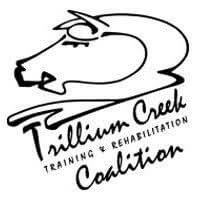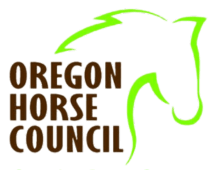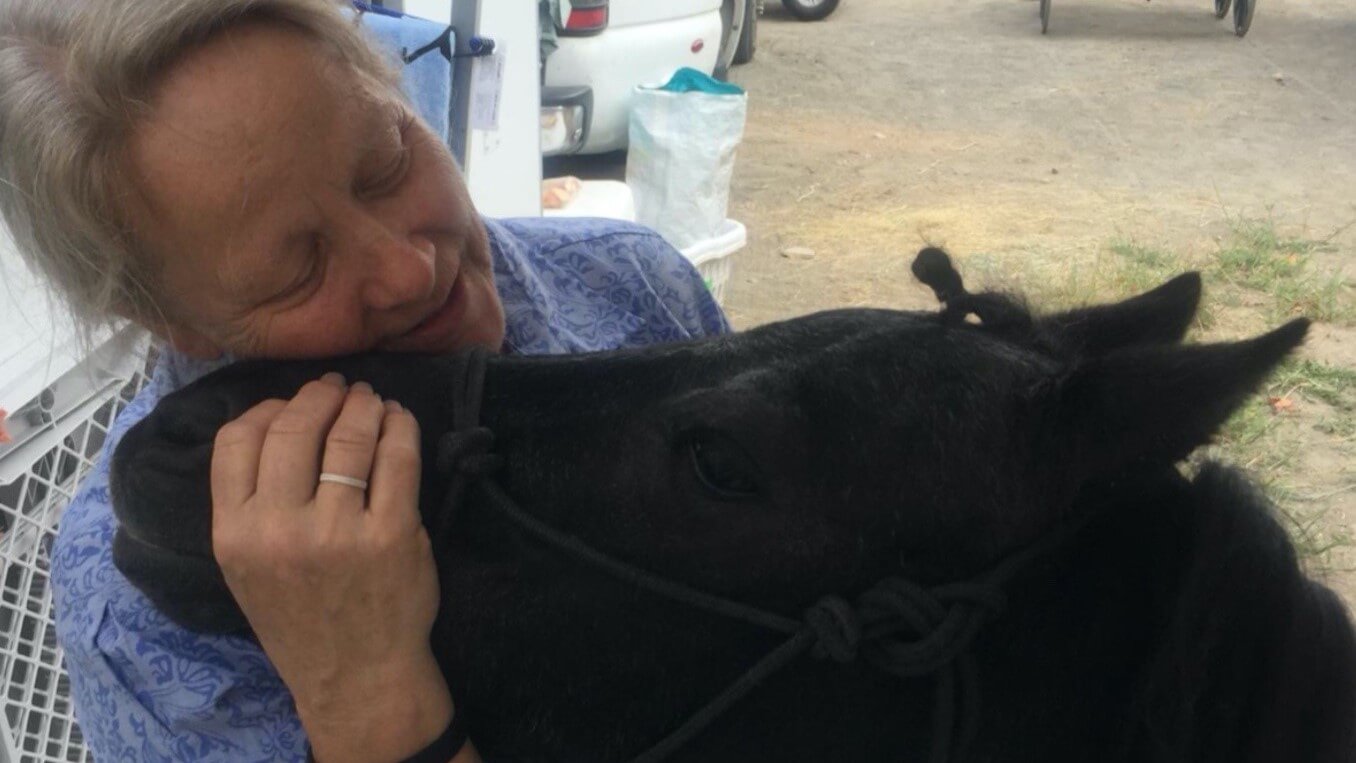I am a HORSE LISTENER, a WATCHER, a CATALYST.
TCTC’s horses, nature and gardens need us.
When we open a gate and a horse doesn’t run up for dinner but stands behind the others, head and neck lowered, a leg extended ever so slightly, our hearts sink. When he raises his head you hear his posture shouting, “Look!” while his facial expressions convey his pain.
Horses nuzzle humans to communicate affection or posture to resist or give to interactions or events. They’re incredibly stoic yet fairly unique because they use facial and eye expressions to convey volumes if you understand them. When we’re around horses long enough, we recognize when they’re in pain from reading or even FEELING body language like:
• Resting a painful limb
• Flank-watching, pawing, rolling
• Restlessness
• Depression
• Lethargy
• Diminishing interest in surroundings
• Retiring to the back of the stall or paddock
• Standing with head lowered
• Decreased appetite
• Decreased socialization
• Self-mutilation, like chewing on a painful leg
• Change in attitude and/or performance
• Rearing, bucking or kicking out when ridden
• Hypersensitivity of the flank or skin
• Aggression
• Vital signs like elevated heart rate, increases in blood cortisol (the stress hormone) and/or endorphins (a natural pain suppressor)
• Elevated oxytocin (a social bonding and reproductive hormone)
• Eye blink rate, (it is associated with levels of dopamine, a neurotransmitter that tends to elevate with pain)
We use things like asymmetrical, lowered, or stiff, laid-back ears; eyes that are half-closed or closed; a withdrawn or not-focused stare unaware of the environment; tension above the eye area; prominent strained chewing muscles; muzzle tension, pursed lips, a strained mouth and pronounced chin; and/or strained nostrils with a flattened profile that cause two bulges, at the nostrils and upper lip, etc., to assess our horses’ pain or discomfort.
Our herd teaches us to observe, develop awareness; learn about trust, teamwork, relationship, and self-care. How to ask for help and that it’s okay to take a break.
Awareness helps us say no when we need to, how to talk about our feelings, and how to process each of them in our own way; and build tools and resources to embrace our personal life challenges, whatever they may be. With a thread of life we can learn to live with, and in spite of, them. We can survive and thrive. And we can help others do the same.

Trillium Creek Training and Rehabilitation Coalition is a 503(c)3 nonprofit with 10 acres of woods, trails, water, gardens, orchards, and 12 horses who have been healed and retrained to safely offer relationships with humans who are learning to be resourceful, self-reliant, community-oriented, and dedicated to sustainable practices that enhance the quality of their lives, the land, and the planet.

